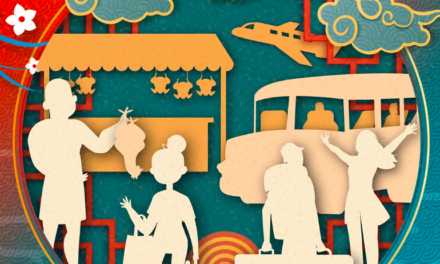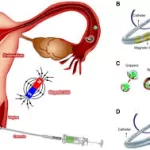In the whirl of lights and sounds at a carnival, amidst the laughter and thrills, lies a subtle yet profound lesson in human behavior—adolescent goal-directed learning. As youngsters eagerly navigate through the myriad games, their eyes set on the coveted big stuffed toy, they’re not merely chasing tickets; they’re honing skills that shape their future selves.
Juliet Davidow, an assistant professor of psychology at Northeastern University, elucidates this phenomenon, emphasizing that adolescents absorb experiences like sponges, drawing crucial insights from each endeavor, whether triumphant or not. “You experience something and then you take something away from that experience, whether it was good or bad,” she asserts, underscoring the pivotal role of these formative years in shaping identity and aspirations.
In a groundbreaking study published in Nature Reviews Neuroscience, Davidow delves into the intricacies of adolescent goal-directed learning, unraveling insights that could redefine our understanding of this crucial developmental phase. Contrary to conventional wisdom focusing on the perils of adolescence, she accentuates the untapped potential and resilience inherent in this period.
Drawing parallels between modern challenges and ancestral pursuits, Davidow elucidates how goal-directed learning, once centered on survival skills like hunting and foraging, now encompasses navigating the complexities of the digital age. From mastering the swipe gestures on a smartphone to deciphering social cues in a virtual realm, adolescents engage in a nuanced dance of trial and error, propelled by innate curiosity and the quest for mastery.
Key to this process is motivation, Davidow emphasizes, highlighting the intrinsic drive that fuels learning endeavors. Whether it’s the allure of a plush toy or the quest for emotional resonance through music, adolescents exhibit a voracious appetite for experiences that resonate with their aspirations.
Moreover, the element of surprise emerges as a potent catalyst for learning, prompting the brain to recalibrate expectations and refine strategies. By encouraging adolescents to anticipate outcomes and embrace uncertainty, parents and educators can foster a culture of exploration and resilience, steering them away from reckless pursuits towards constructive endeavors.
Addressing misconceptions surrounding adolescent risk-taking behavior, Davidow advocates for a paradigm shift, viewing such endeavors not as mere recklessness but as a quest for knowledge and self-discovery. By providing safe yet stimulating environments for exploration, adults can empower adolescents to embrace challenges and harness their innate potential.
In essence, the carnival becomes a microcosm of the adolescent journey—a tapestry of experiences woven with curiosity, resilience, and the relentless pursuit of growth. As we unravel the mysteries of adolescent brain development, let us heed Juliet Davidow’s clarion call to celebrate the inherent strengths and possibilities of this transformative phase, unlocking a brighter future for generations to come.











